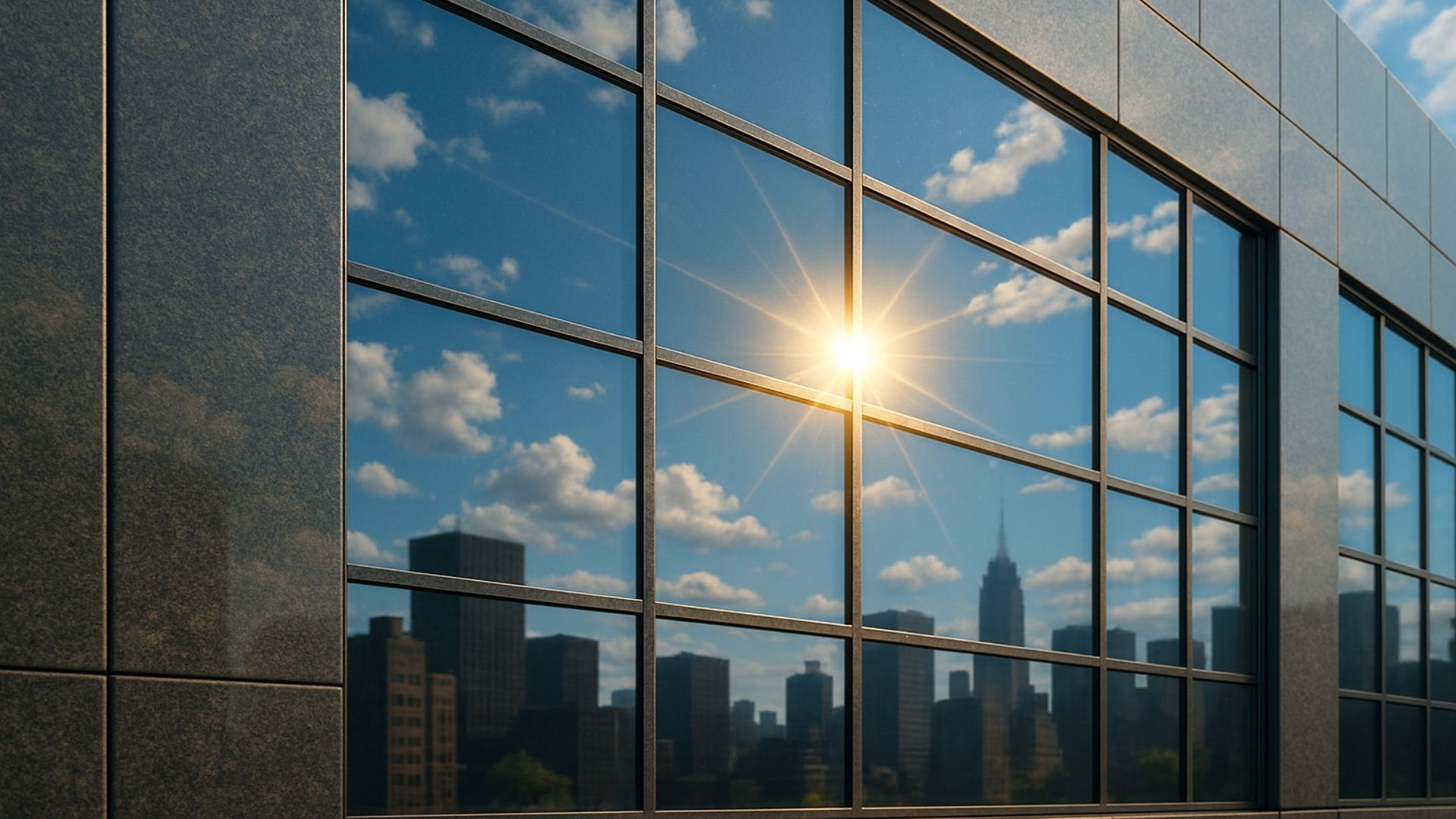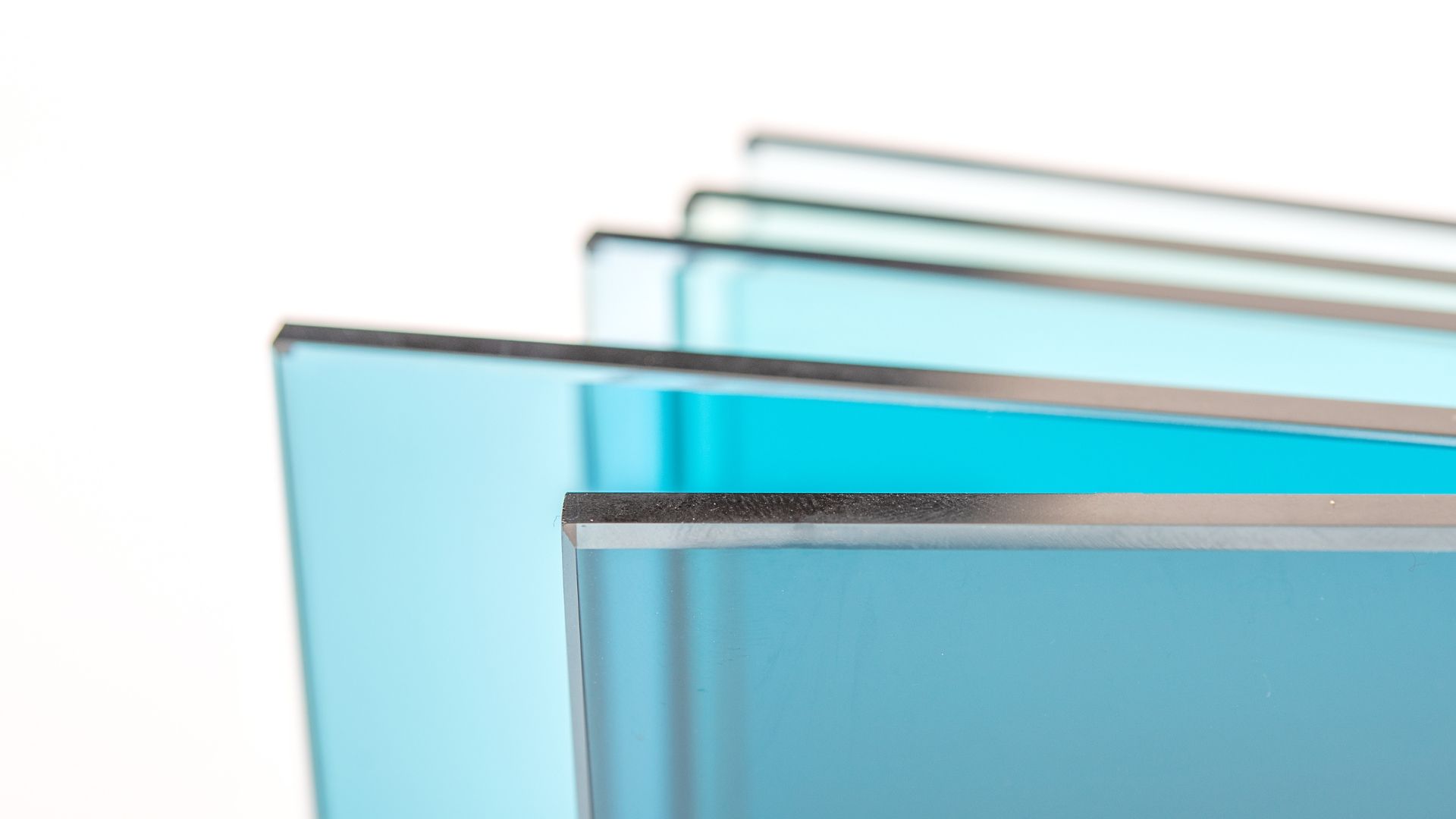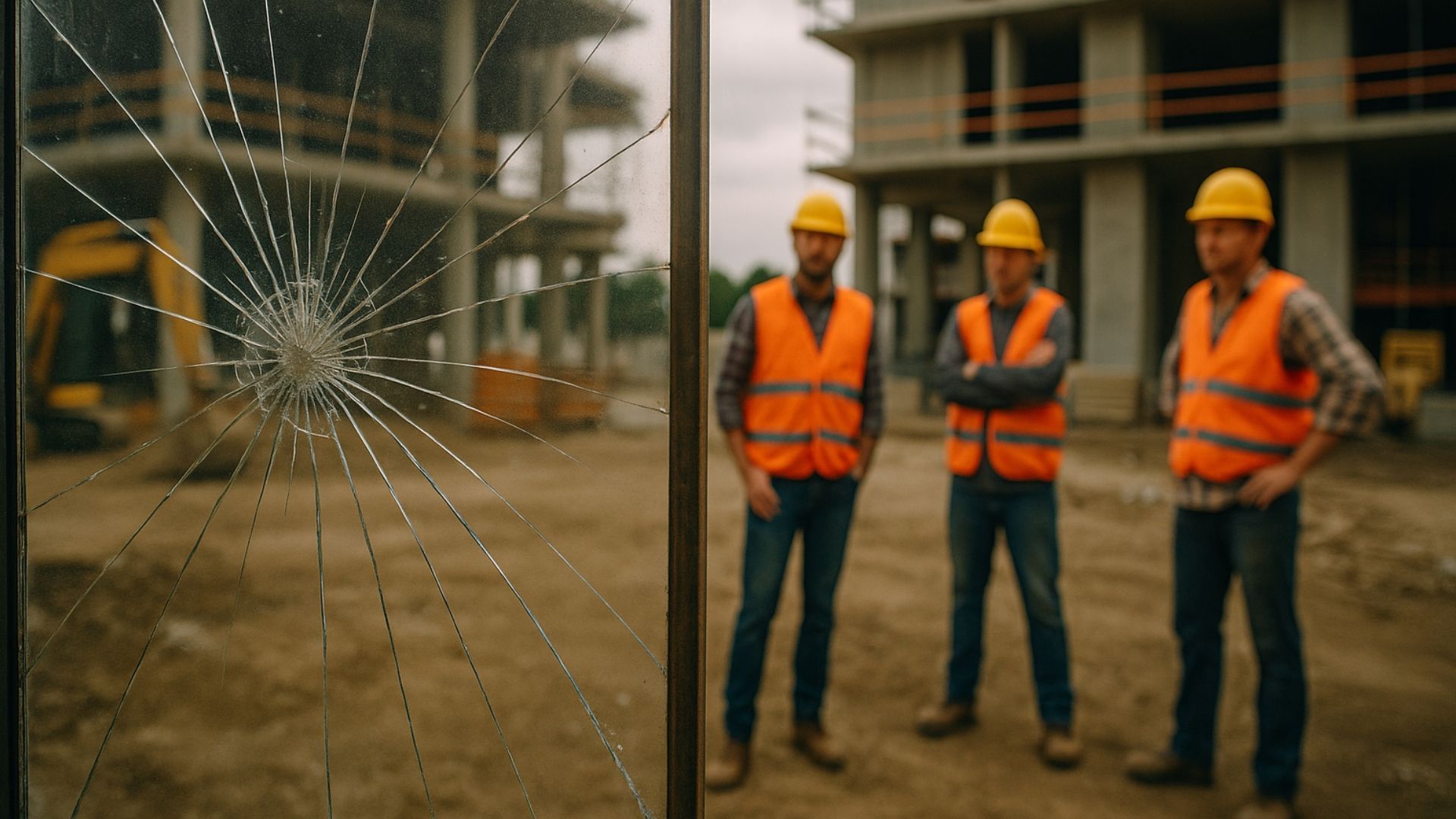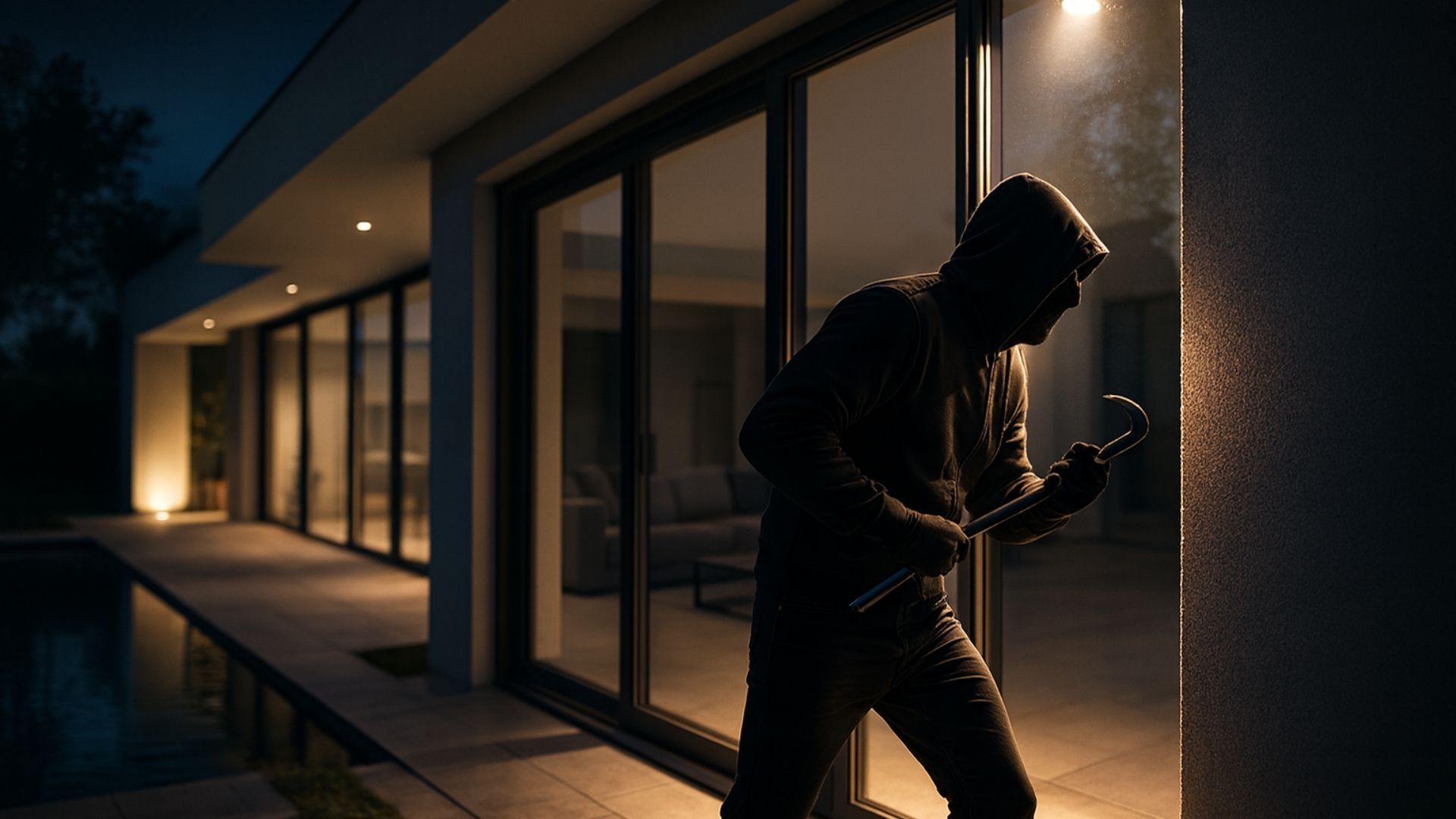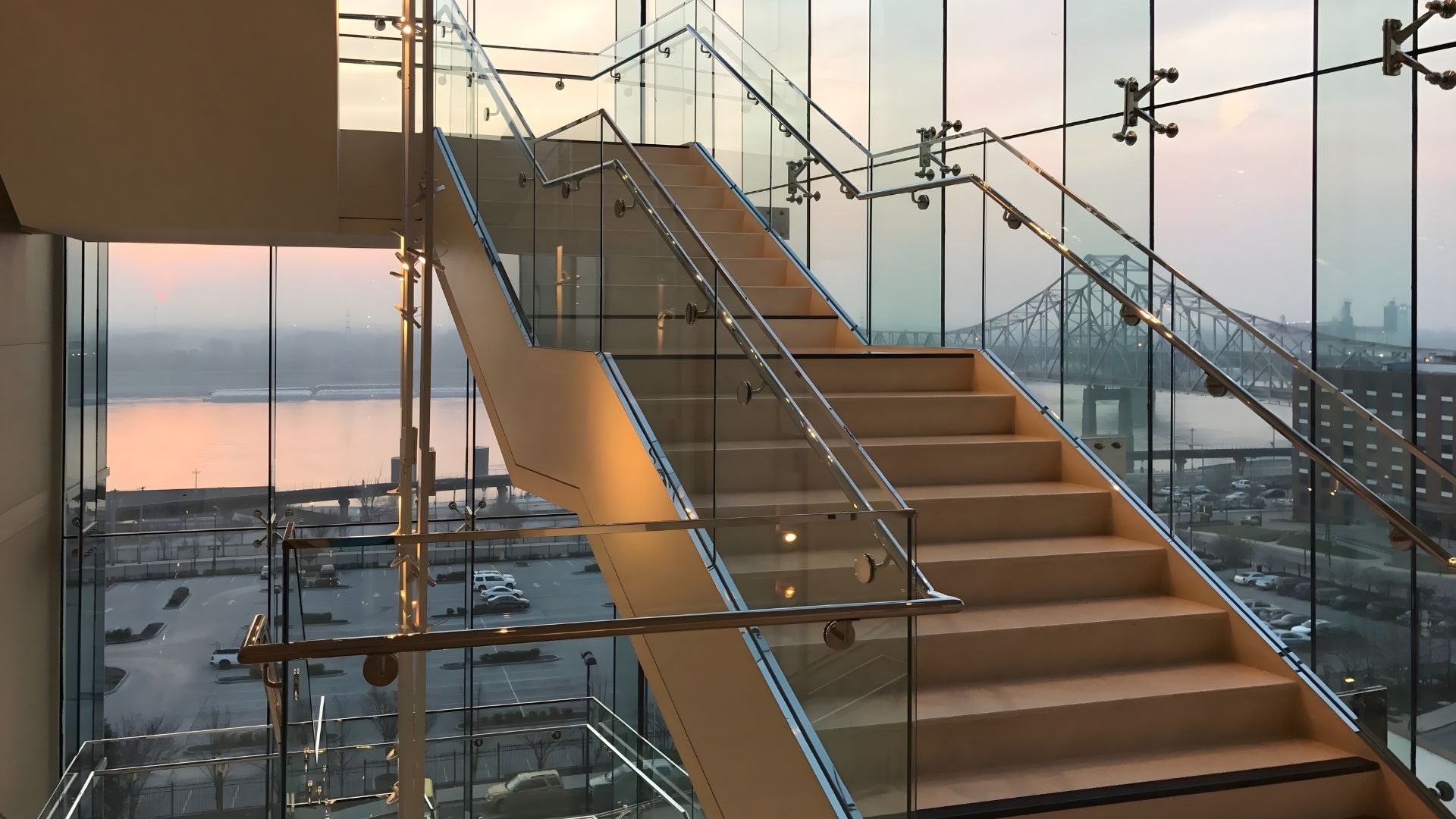PVB vs EVA vs SGP: a guide to laminated glass interlayers
Share this blog:
Do you know your PVB from your SGP? No? You're not alone. Learn about the three most common types of laminated glass interlayers.
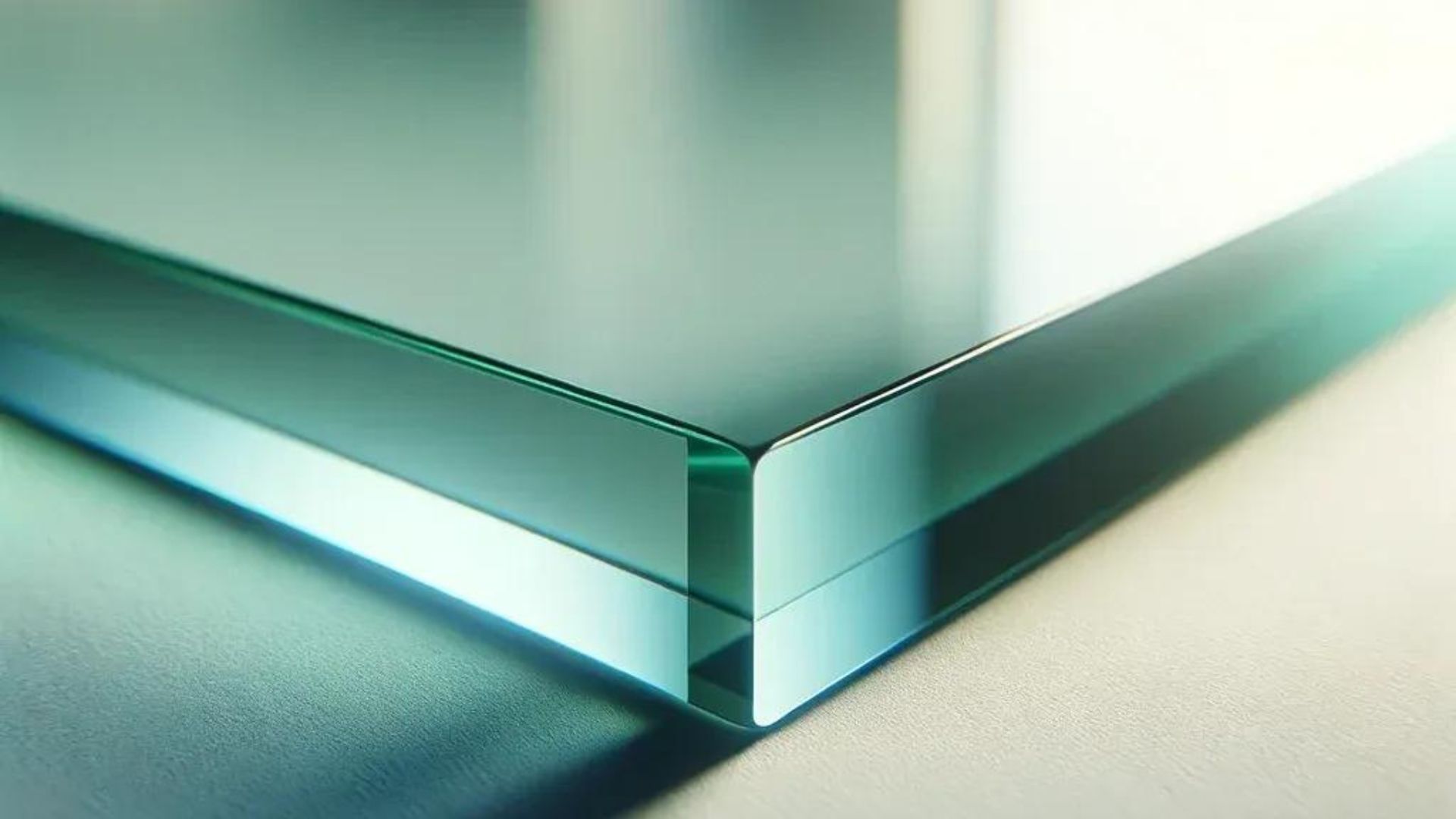
Ask your average Joan to name as many types of wood as possible and she'll probably come up with a decent list. The metals of the world? No problem. But glass? Well, there's glass and then there's… glass…?
Despite its ubiquity, most people couldn't tell you the difference between toughened, annealed, and laminated glass. We're not criticising – life is quite complicated enough without knowing the ins and outs of glass manufacturing.
But whether you're a homeowner or a business owner, there may come a day when you're looking to install a gorgeous bit of laminated glass – an elegant skylight, perhaps, or a flash walk-on glass floor. When that day comes, you'll need to know your way around a glass catalogue.
At ToughGlaze, we make a point of keeping our customers in the loop. We're not the kind of company that murmurs "Leave it to us" and then leaves you in the dark. We want you to understand your options so you can make an informed decision.
In that spirit, we've put together this quick, no-nonsense guide to a side of glass manufacturing that can sometimes be shrouded in mystery: the world of laminated glass interlayers.
Scrolling through your options, you'll probably come across a tangle of acronyms: PVB, EVA and SGP. What do they mean?
To answer that question, we first need to understand what laminated glass is – and what it does.
What is laminated glass?
Sometimes, glass needs to be especially robust. Common sense will tell you that you're not going to make a glass ceiling out of the same material you'd use for a cafetière or tumbler.
Laminated glass is made out of two or more layers of glass with an interlayer. This is like the filling in a glass sandwich – one tough enough to break your teeth. The interlayer stops the glass from breaking into large pieces. Instead, it cracks in a spider web pattern – the kind you might have seen on a broken windscreen.
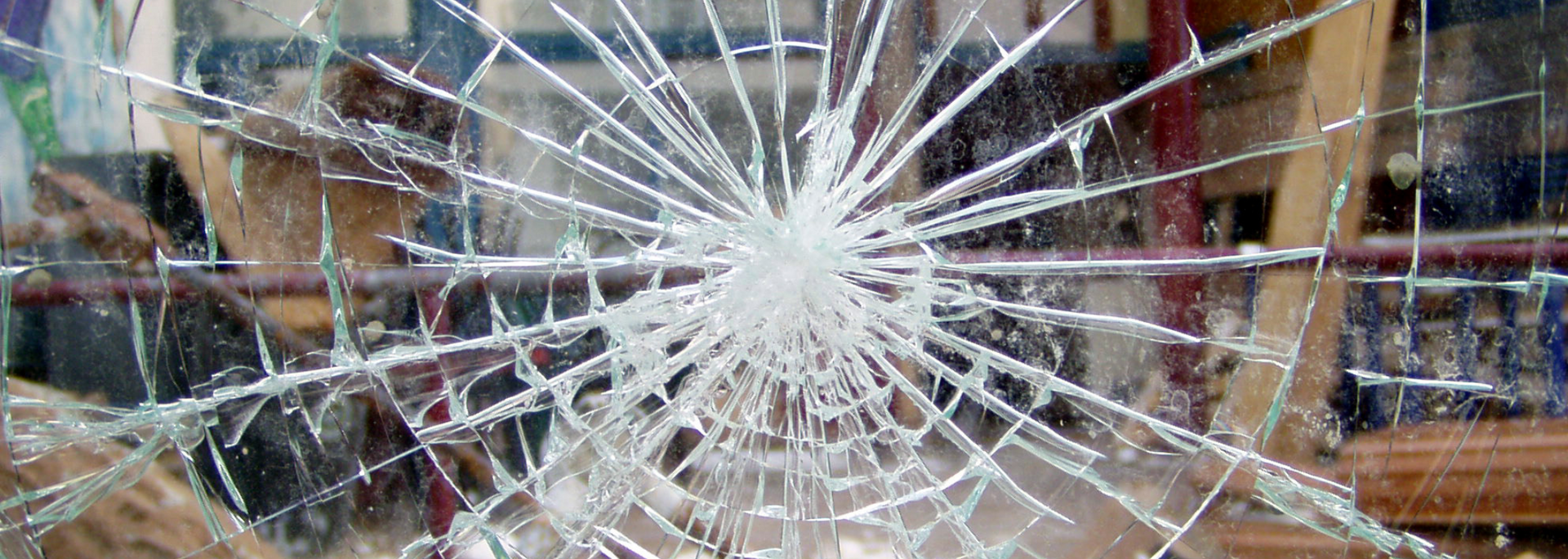
It's this breaking pattern that makes it an especially tough type of safety glass. The glass cracks but maintains structural integrity. You're extremely unlikely to get cut – the glass stays smooth even when broken, held together by its interlayer.
Various materials are used to make these interlayers, but there are three main ones: PVB, EVA and SGP.
PVB, EVA and SGP: what's the difference?
Feel like you're drowning in acronym soup? Don't worry – we're here to clear things up.
PVB is polyvinyl butyral: a resin widely used as a sandwich material for architectural and automotive glass. It's the most commonly used of the three types.
As the glass and resin are placed under heat and pressure, the PVB becomes clear. That's why a pane of laminated glass looks nearly indistinguishable from other types of glass.
However, one of the great things about PVB is that it comes in different colours. You might have spotted the "shade band" at the top of your windscreen. There are also myriad opportunities for decorative glass in architectural applications.
It's an industry stalwart that's been around for nearly a century. It was invented in 1927 by two Canadian chemists and used in the manufacture of safety glass in the USA by the mid-1930s.
EVA (or ethylene vinyl acetate) is the new kid on the block, giving PVB a run for its money.
In some ways, it's a superior material, largely because it's less vulnerable to water infiltration. This makes it ideal for areas that need an extra layer – or interlayer – of protection from the elements. In an area that's especially hot, humid or at risk of hurricanes, EVA can be the way to go.
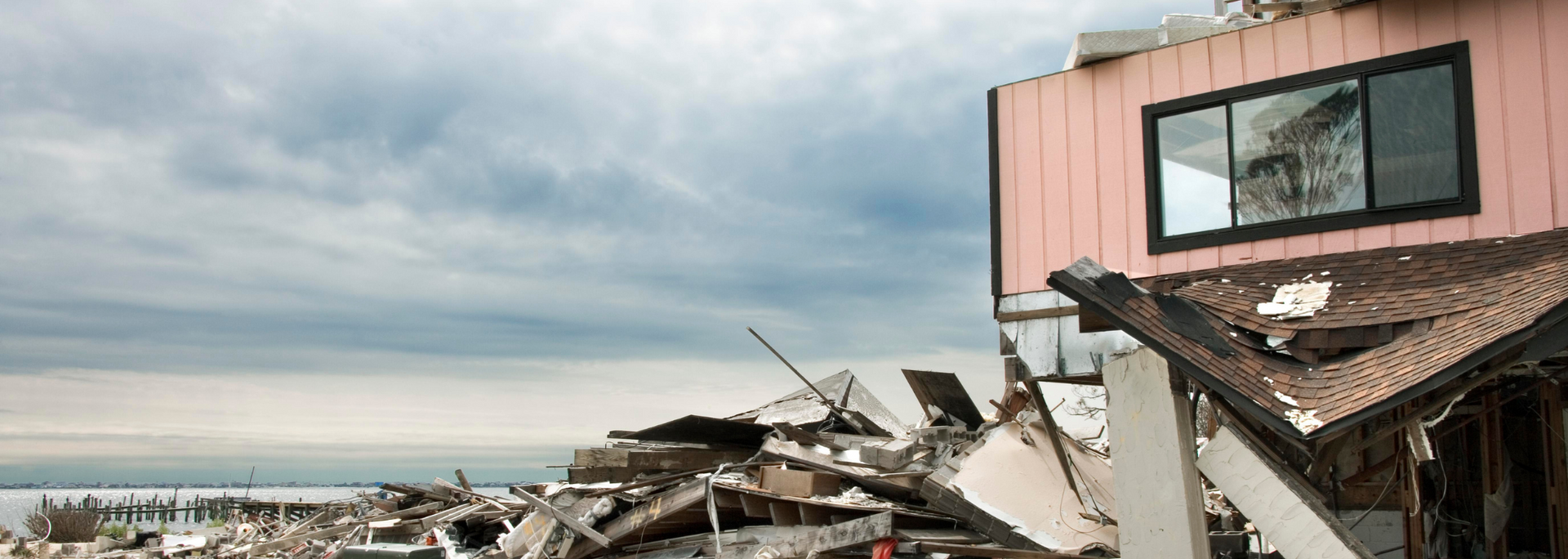
Last on our list is SGP or SentryGlas® Plus. Where PVB and EVA are materials, SGP is a particular product made first by DuPont and then – since 2014 – by the Japanese company Kuraray.
It was originally made for hurricane glazing but is now used in all sorts of settings. It's marketed as being five times as strong as PVB and 100 times as rigid, as well as being more water resistant than its competitors.
It's powerful stuff, but expensive. This factor alone is the main reason why PVB is still the go-to for most projects.
It can be hard to decide which interlayer to go for. It will vary from project to project depending on your requirements – factors like your budget, the level of robustness needed and your decorative desires.
Your best bet is to speak to a specialist
laminated glass supplier and talk through your options. They'll be able to put the right type of interlayer in your hands.
What is laminated glass used for?
Laminated glass is a versatile material. As a type of safety glass, it gets used in storefronts and jewellery cabinets to stop thieves from getting in. It's the go-to material for glass floors, glass stairs, skylights and glass roofs. And it's used for "hurricane glazing" in both residential and commercial properties.
It's also ideal for decorative coloured glass. This is where the interlayer becomes more than just a design feature and becomes an aesthetic resource.
You can combine foundational colours to make custom colours and choose between transparent, translucent and opaque finishes.
Coloured glass interlayers can create a huge range of effects – from simple shading to grand, stained-glass-style showpieces.
It's this aesthetic dimension to the interlayer that makes laminated glass such a staple of architectural glazing.
Wrapping up
Laminated glass interlayers are both functional and aesthetic. They're used in settings where safety is paramount, as well as to introduce colour into architectural glazing. Both of these qualities are only possible thanks to those cunning interlayers.
ToughGlaze is one of the UK's leading suppliers of
laminated glass products. Are you looking for high-quality, Kitemark-approved laminated glass?
Get in touch for a quick, competitive quote today.


